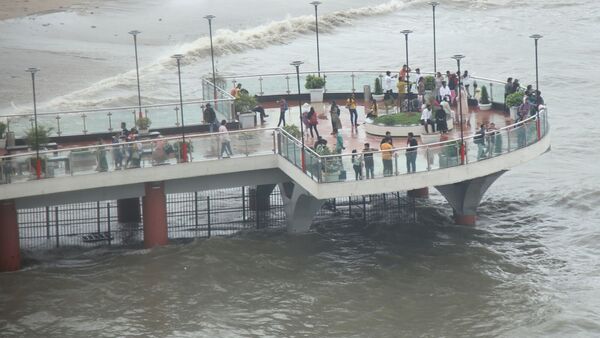
Vasai of the Fort, also known as Fort Bassein, is a majestic historical monument located in Vasai, Maharashtra, India. This fort holds significant historical importance due to its strategic location and its role in shaping the history of the region. Located in the Vasai suburb of North Mumbai, the walls of the fort, though in ruins, still have enough in them to make you wonder at its architectural marvel. Due to its strategic location, the fort has witnessed many battles. It was under the control of the Portuguese army until the early 18th century.

Early History Fort of Vasai
Vasai Fort’s history began in the fifteenth century when the Portuguese built it as a tactical outpost to increase their dominance over India’s western coast. It was initially named Fortaleza de São Sebastião de Baçaim after St. Sebastian, the patron saint of the Portuguese. Movies such as Josh, starring Shah Rukh Khan, and Love Ke Liye Kuch Bhi Karega have some scenes from the fort. Other films shot here include Khamoshi and Ram Gopal Verma’s Aag. The fort was also one of the shooting locations for the international hit song Hymn for the Weekend by the British band Coldplay.
Portuguese Occupation:
During the Portuguese occupation, Vasai Fort served as a thriving center for trade and commerce. The fort was strategically positioned to control maritime trade routes and defend against potential invaders. The music video features Hrithik Roshan and Vaani Kapoor dancing to the single. The Amalfi Coast and Positano Beach in Italy were the shooting locations. The music video featured about 150 dancers from Milan. The film crew reportedly had to shut down a portion of the Positano beach
Dutch and Maratha Rule
In the 17th century, the Dutch East India Company launched several unsuccessful attempts to capture Vasai Fort from the Portuguese. However, in 1739, the Marathas successfully seized control of the fort after a prolonged siege, marking the end of Portuguese rule in the region.
British Era: Following the Treaty of Bassein in 1802, Vasai Fort came under British control. The British made significant modifications to the fort, including the construction of additional barracks and military installations.
Role in the Indian Independence Movement:
Vasai Fort played a role in the Indian independence movement during the British colonial period. It served as a base for freedom fighters who launched several protests and movements against British rule.
Present Day: Today, Vasai Fort stands as a remarkable historical landmark, attracting tourists and history enthusiasts from around the world. The fort’s well-preserved architecture and scenic surroundings make it a popular destination for exploration and sightseeing.
How to Reach:
Chhatrapati Shivaji International Airport in Mumbai is the closest international airport, approximately a two-hour drive from Vasai. Via Air India, Air France, Air China, Air India Express, and Air India Express, it has excellent connections to a variety of national cities, including Bhopal, Bhubaneswar, Ahmedabad, Aurangabad, Bangalore, Chandigarh, Delhi, Goa, Gwalior, Jaipur, Jamnagar, Hyderabad, Indore, and Jodhpur.
Driving from Vasai to the center of Mumbai is approximately 77 kilometers and takes about 1.30 hours. The nearest railway station is Vasai; anyone can reach the fort by taking a train up to Virar Railway Station from Churchgate. To get to the fort, hire a taxi or autorickshaw from here.
Vasai is about 77 kilometers away from the heart of Mumbai, and it takes about 1.30 hours to reach the destination by car. Adjacent to Virar Terminus, there is a bus depot from where tourists can take a bus to the fort.
Conclusion Fort of Vasai
The journey of Vasai Fort reflects the tumultuous history of the region, from Portuguese colonization to British rule and eventual independence. As a symbol of resilience and endurance, Vasai Fort continues to stand as a testament to the rich cultural heritage of India. Preserving and honoring sites like Vasai Fort is essential to understanding and appreciating the diverse history of the nation.






